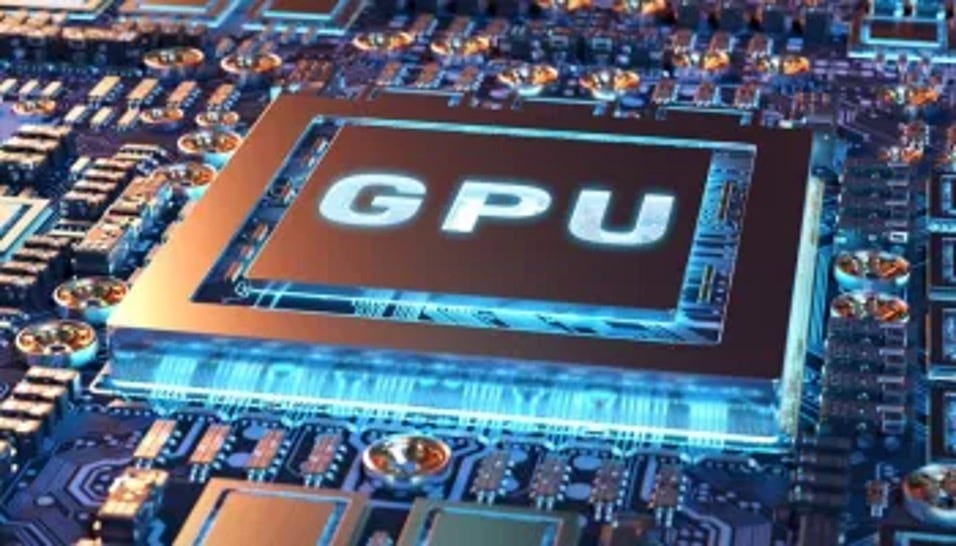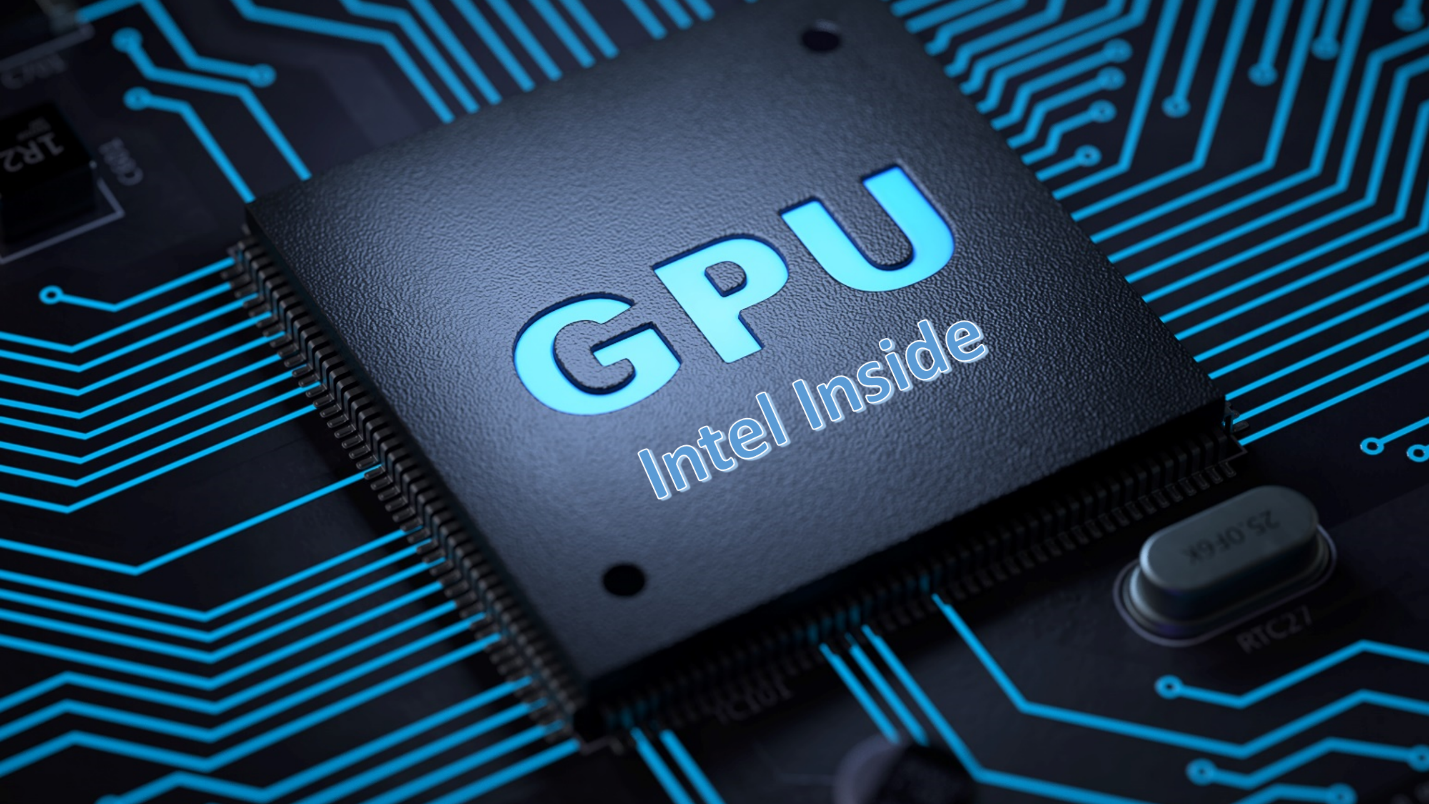When it comes to choosing the best GPU for your needs, there are many factors to consider. If you’re interested in gaining a better understanding of how this works, then we’ve prepared some information for you.
GPUs come with their own set of strengths and weaknesses. However, most people use them as part of a larger system rather than on their own. This means that if you do decide to buy your first GPU, you’ll need to find a way of integrating it into your current setup without breaking anything else.
It’s important to understand that not every application requires the same level of power or efficiency. Some require lots of horsepowers while others don’t. This is where things start getting complicated because you’ll have to balance your budget with what you want to achieve.
To help you choose the right GPU, here are a few key points to remember.
First, the type of tasks you are doing will determine which GPU you should purchase.
What Is GPU for Deep Learning?
GPU (graphics processing unit) is a type of computer hardware used to process graphics in games, videos, photo editing, 3D modeling, etc. Deep learning requires large amounts of data that can be processed by GPUs.
What is GPU for deep learning?
If you want to use deep learning, you need to have a powerful machine with many processors and lots of RAM. The most popular machines are made from NVIDIA’s graphic cards.
When you buy a new PC, you can check whether your system supports GPU or not. If it does, then you will find the details of how to install and set up the software.
You may also try to search for “deep learning” on Google. You will find more information about what you need to know.
In addition, there are some online courses that you can take. For example, Udemy offers free courses to help you learn the basics of deep learning.
If you don’t understand something, you can ask for support. There are tons of tutorials on YouTube.
Finally, you should read books about deep learning. They will give you a good overview of this topic.
What Is Deep Learning?
What is deep learning? And how does it relate to artificial intelligence (AI)? If you’re wondering why your computer keeps asking questions that you don’t know the answer to, then you might be interested in reading the article below. This is a guide that explains the basics of AI and deep learning.
Artificial Intelligence (AI) refers to the use of computers to make decisions. The idea behind this type of technology is to create machines that can learn from their experiences.
However, it’s important to understand that there isn’t just one kind of AI. There are different kinds of AI, such as reinforcement-based, supervised, and unsupervised. Reinforcement-based systems try to teach a machine what to do by rewarding or punishing them. Supervised systems help a machine figure out the correct answers by providing it with examples. Unsupervised systems simply let the system discover its patterns.
Deep learning is another form of AI. It’s based on neural networks. A neural network is made up of layers of nodes that work together to perform tasks.
A node can receive information from other nodes, process it, and then send back new data. In this way, the entire network learns to solve problems.
How Does GPU Work for Deep Learning?
When you’re trying to learn more about deep learning, you might be interested in finding out how GPUs work. This article will explain exactly what a GPU is, why you need one, and how they help with deep learning.
You’ll first want to know that your computer needs two different kinds of processors. The first processor is the CPU, while the second is the graphics processing unit (GPU). Your CPU helps to run all of the programs on your computer. For example, it’s responsible for running Windows, Microsoft Office, and other programs. However, most of the time, you won’t notice that it is working.
Your GPU is a little bit different. While your CPU runs everything else, your GPU is specifically designed to handle complex mathematical calculations. You can use your GPU to make things like 3D animations, games, and video editing.
Now that you have an idea of what your GPU is capable of doing, you should start thinking about using it for deep learning. Deep learning is the process of creating artificial neural networks. These are a series of layers of neurons. Each layer is connected to every neuron in the previous layer.
The GPU’s Advantages for Deep Learning
In recent years, the use of GPUs in deep learning has become increasingly popular. There are several reasons why people choose to use a GPU instead of using CPU.
For starters, graphics cards can be used to process massive amounts of data at high speeds. This means that they are well-suited for training neural networks.
Furthermore, the graphic processing units have been designed to handle complex algorithms. As such, they can perform certain tasks much faster than traditional computers.
Finally, the hardware is relatively inexpensive compared to the price of a CPU.
If you want to learn more about how GPUs work, then keep reading this article. Here, we will explain what a GPU is, and show you some examples of its uses in deep learning.
A Graphics Processing Unit (GPU) is one type of computer chip that is specifically designed to run applications that require intense calculations.
As you might expect, the most common application of these chips is for video games. But they are also commonly used by professionals who need to solve complicated problems in a short amount of time.
When it comes to solving mathematical equations, the GPUs excel. Many people believe that their performance can match or exceed that of CPUs.
The GPU’s Disadvantages for Deep Learning
Deep learning is the latest trend in artificial intelligence. This type of machine learning allows computers to learn new tasks by analyzing large amounts of data. For example, a computer can be taught how to recognize different objects by looking at thousands of pictures.
However, using the traditional central processing unit (CPU) isn’t always ideal when it comes to deep learning. That’s why many experts believe that graphics processing units (GPUs) are better suited for this task.
GPUs are much faster than CPUs. Because they’re more powerful, they can process a lot of information in a short amount of time. However, the downside to this is that their power consumption is higher.
So what exactly happens when you use a CPU and a GPU together? Well, you get the best of both worlds. You get the speed of a GPU with the low-power usage of a CPU. In other words, you have the perfect balance between performance and efficiency.

Why Are GPUs Important for Deep Learning?
When it comes to artificial intelligence (AI), one of the most interesting developments is machine learning. Machine learning involves using computers to make predictions based on data. This allows machines to learn from their experiences so that they can improve at making accurate predictions in the future.
Machine learning is a key part of AI, but there are still many limitations. One of these limitations is the amount of computing power needed to train neural networks. Neural nets use layers of connections between neurons to perform calculations. The more complex the network, the harder it becomes to calculate.
This is where graphics processing units come into play. Graphics processing units (GPUs) can process large amounts of information quickly, allowing them to run simulations and training programs much faster than a CPU could.
Do I Need a Good GPU for Deep Learning?
It’s no secret that GPUs are the most powerful processors on earth. If you want to create the best artificial intelligence, you will need one. That said, the question is whether you should buy a new graphics card or just get the old model. Here are some of the pros and cons of each option.
A newer graphics card might be more efficient than an older version. However, it’s also possible to upgrade your current computer with a brand-new graphics card without spending a fortune. This means that you don’t have to spend money on buying a whole new machine to improve the performance of your AI project.
If you’re using Deep Learning, then you’ll likely end up needing a powerful GPU anyway. The main reason for this is that you’ll probably need to train many neural networks at once. For example, if you plan to use TensorFlow, then you’ll need to set aside around 30 GB of RAM and 200 GB of disk space.
You can find out how much RAM is available on your system by opening Task Manager. In the Performance tab, look under Memory. You will see a list of all processes running on your computer. Look for the Processes column.


 Lucas Green
Lucas Green

